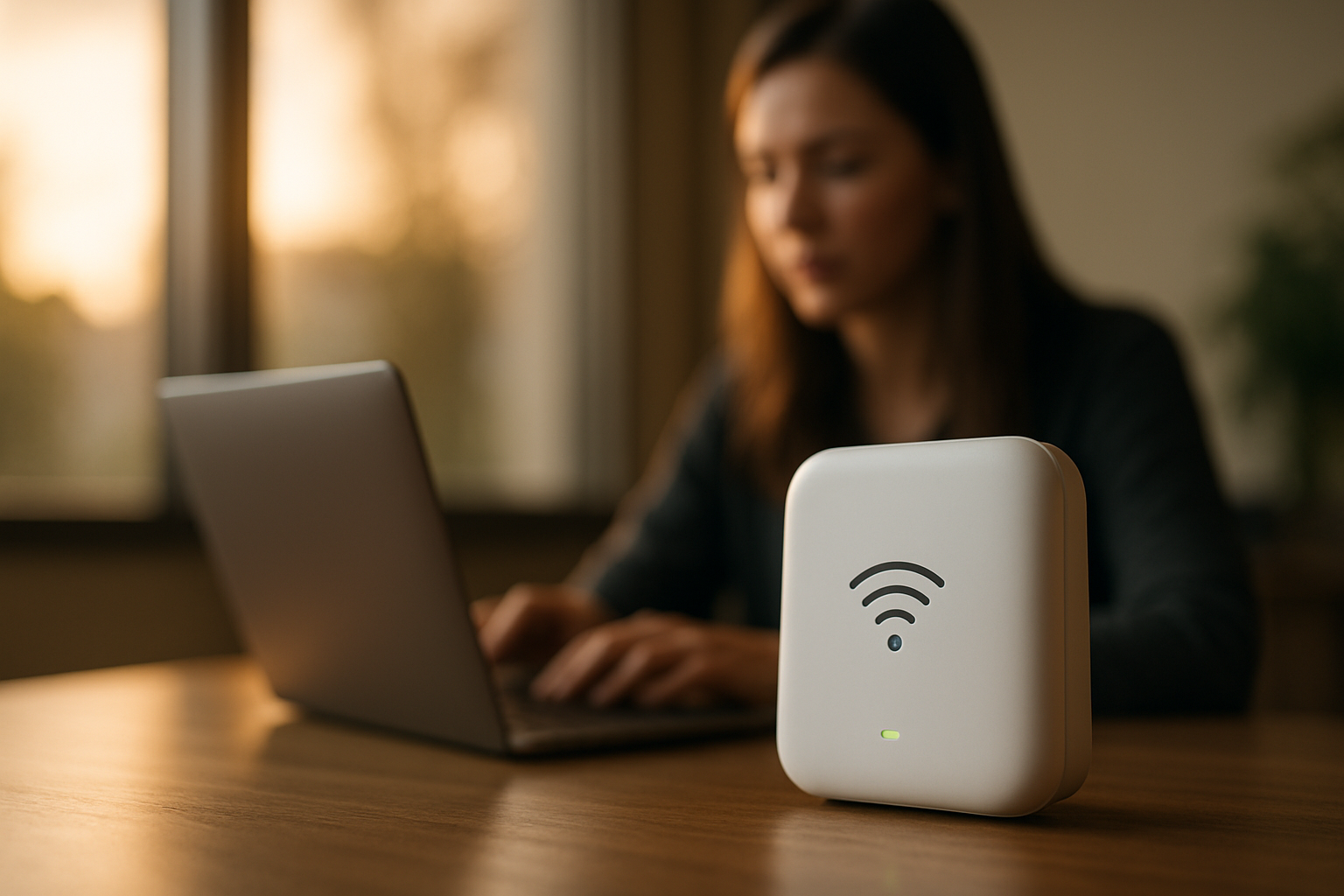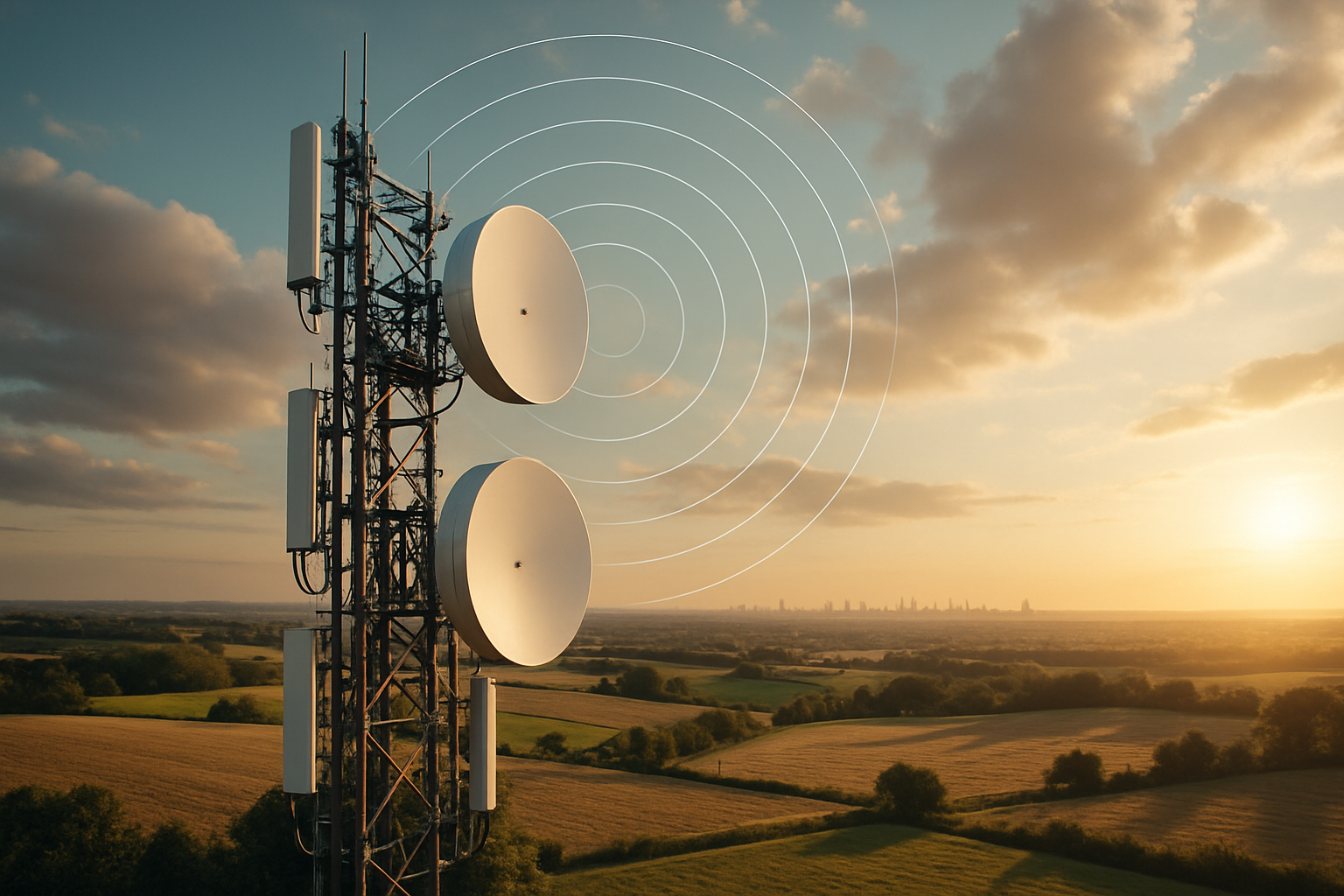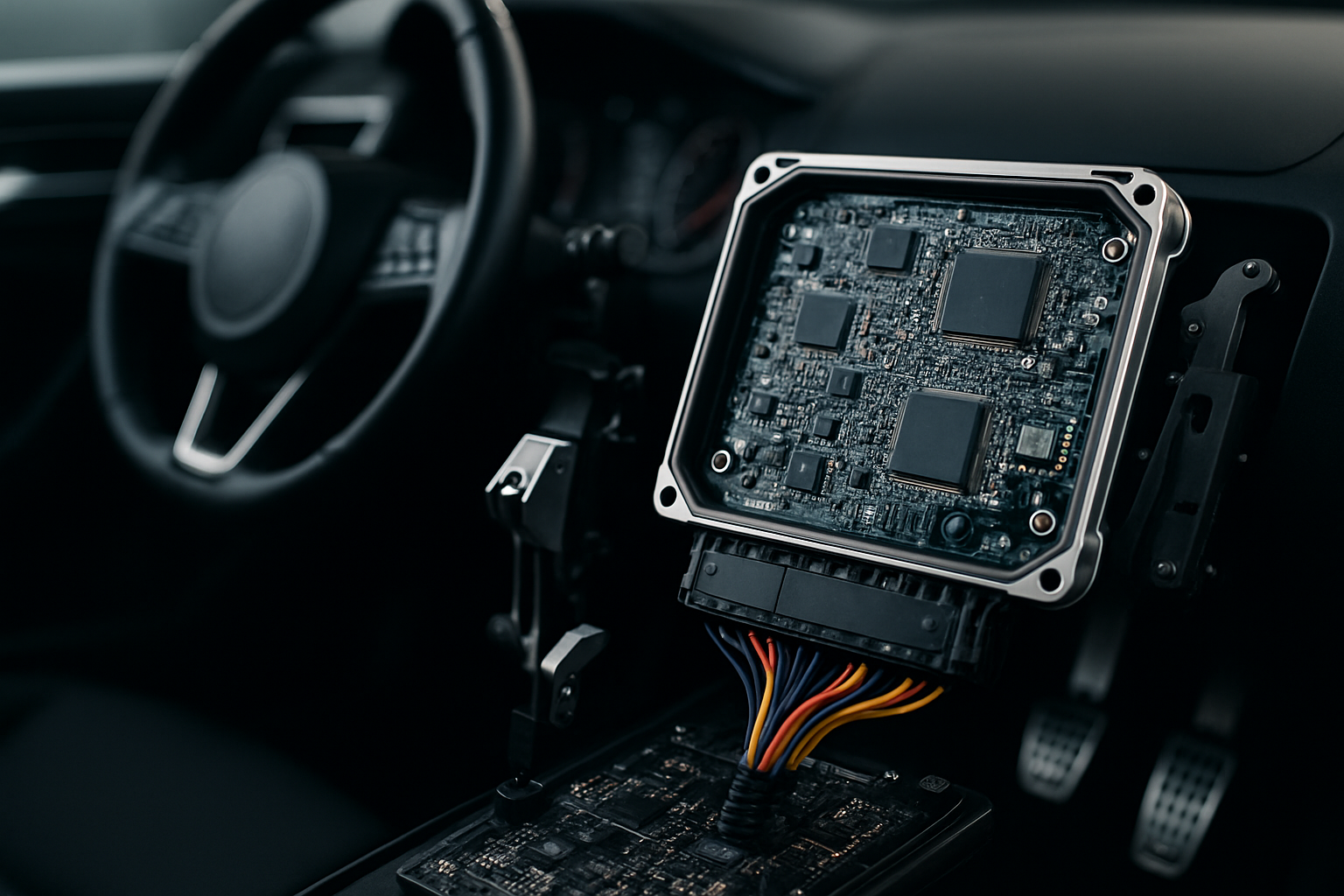Reimagining Connectivity: Unveiling the Potential of Femtocells in Modern Wireless Communication
Imagine a world where wireless connectivity is not a luxury but a given, where dead zones are things of the past and where uninterrupted, lightning-fast internet is a norm. This is not some far-off tech utopia, but a reality that is being shaped right now, thanks to a technology called Femtocells. Let's venture into this less-explored corner of the tech world and understand the game-changing potential of Femtocells.

The Genesis of Femtocells
Femtocells, also known as micro base stations, are not exactly a new technology. In fact, they were conceptualized back in the late 2000s to address a perennial problem in wireless communication: patchy coverage and dead zones. These small, low-power cellular base stations were designed to enhance wireless connectivity within a small coverage area, usually inside a home or a small business.
The technology seemed promising at its inception, but it didn’t receive the attention it deserved, primarily due to its high cost and the lack of carrier support. However, with the advancement in technology and a gradual reduction in costs, Femtocells have started to gain traction in recent years.
Femtocells: The New Kid on the Block
The rise in remote working and online learning due to the COVID-19 pandemic has brought the issue of reliable, high-speed internet connectivity to the forefront. In response, many telecom companies are now investing in Femtocell technology to ensure a seamless and consistent wireless experience for their customers.
Femtocells can be easily integrated with existing broadband connections, and they function as a mini cellular tower, amplifying the signal within their coverage area. They are especially useful in areas where macrocell coverage is weak or non-existent. Besides, they can also help in reducing the load on the main network, thereby improving the overall network performance.
The Financials and the Market Impact
The global Femtocell market is expected to reach $8.4 billion by 2027, growing at a CAGR of 35.8% from 2020 to 2027, according to a report by Allied Market Research. The shift towards 4G and beyond, along with the increasing demand for high-speed internet, is likely to drive this growth.
Femtocells are priced anywhere between $100 to $500, depending on the features and the brand. This may seem expensive to some, but when you consider the benefits they offer, the cost seems justified. Furthermore, the prices are likely to come down with increased competition and advancements in technology.
The Road Ahead
The future of Femtocells looks promising. As the demand for high-speed internet continues to rise, Femtocells are likely to play a crucial role in meeting this demand. They can be particularly beneficial in rural areas, where setting up macro base stations is not feasible due to logistical and financial constraints.
Moreover, Femtocells can also prove to be a game-changer in the IoT (Internet of Things) space, where seamless connectivity is paramount. By providing reliable and high-speed internet, Femtocells can enable more efficient and effective communication between IoT devices.
In conclusion, Femtocells have the potential to revolutionize the world of wireless communication. While they are not a magic bullet that will solve all connectivity issues, they certainly represent a significant step forward. As we continue to demand more from our networks, Femtocells could be the answer to our connectivity prayers.




